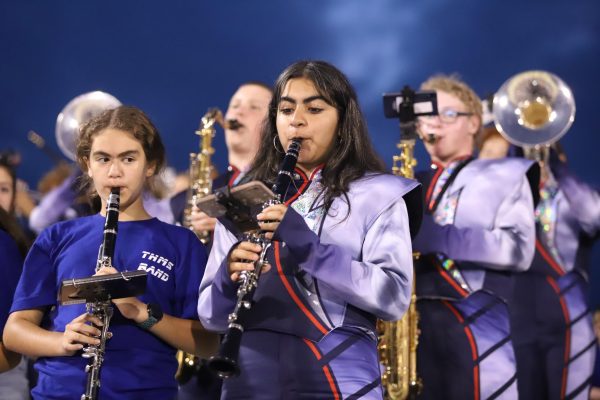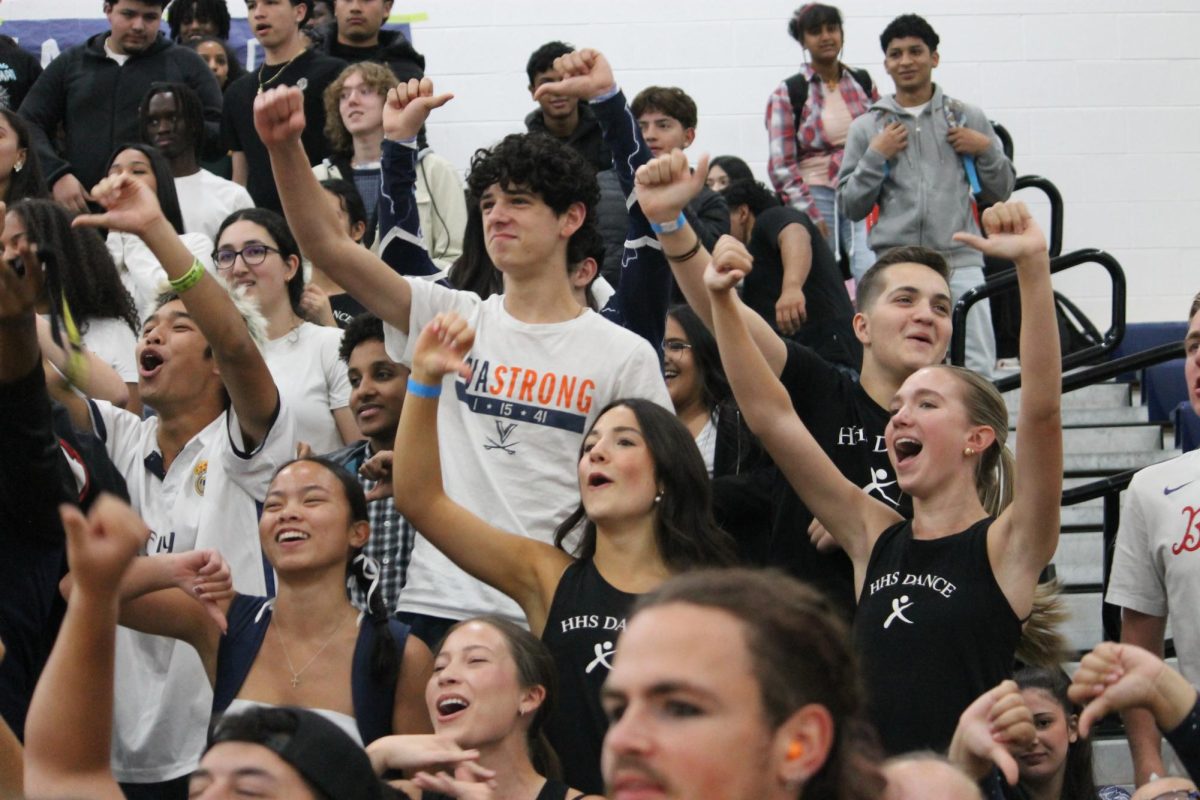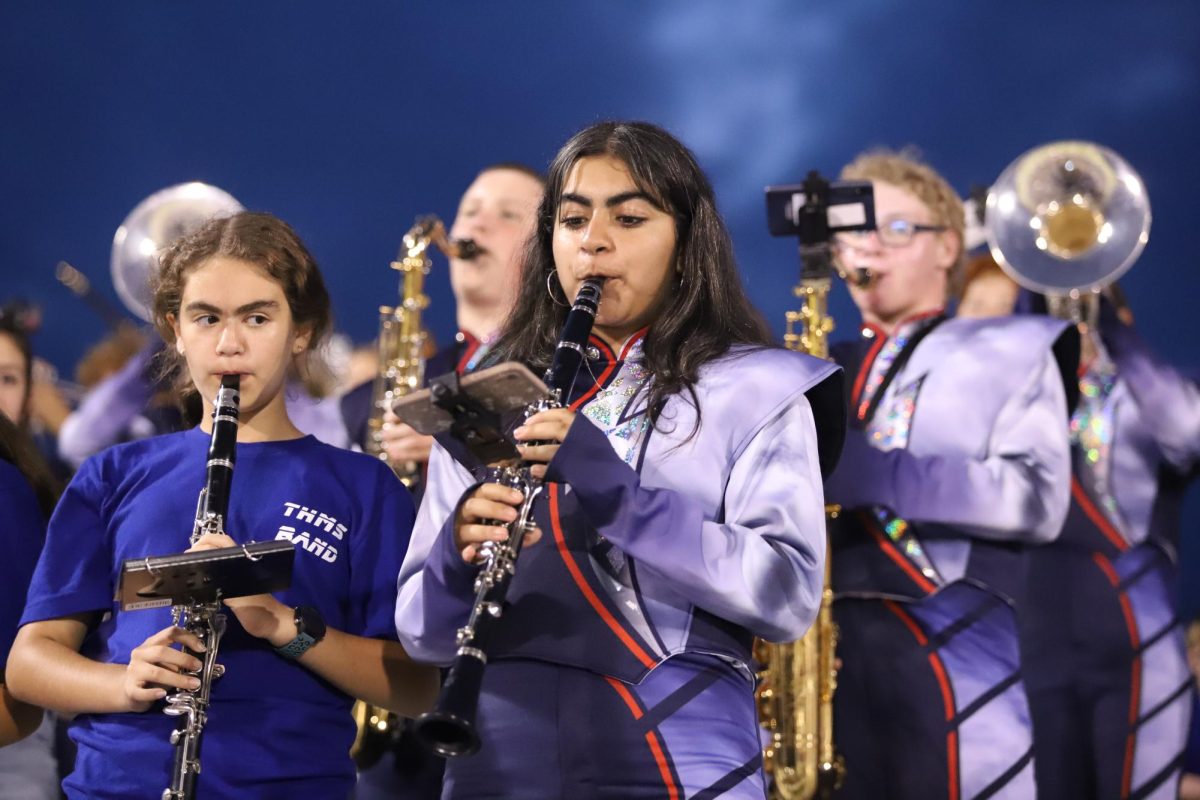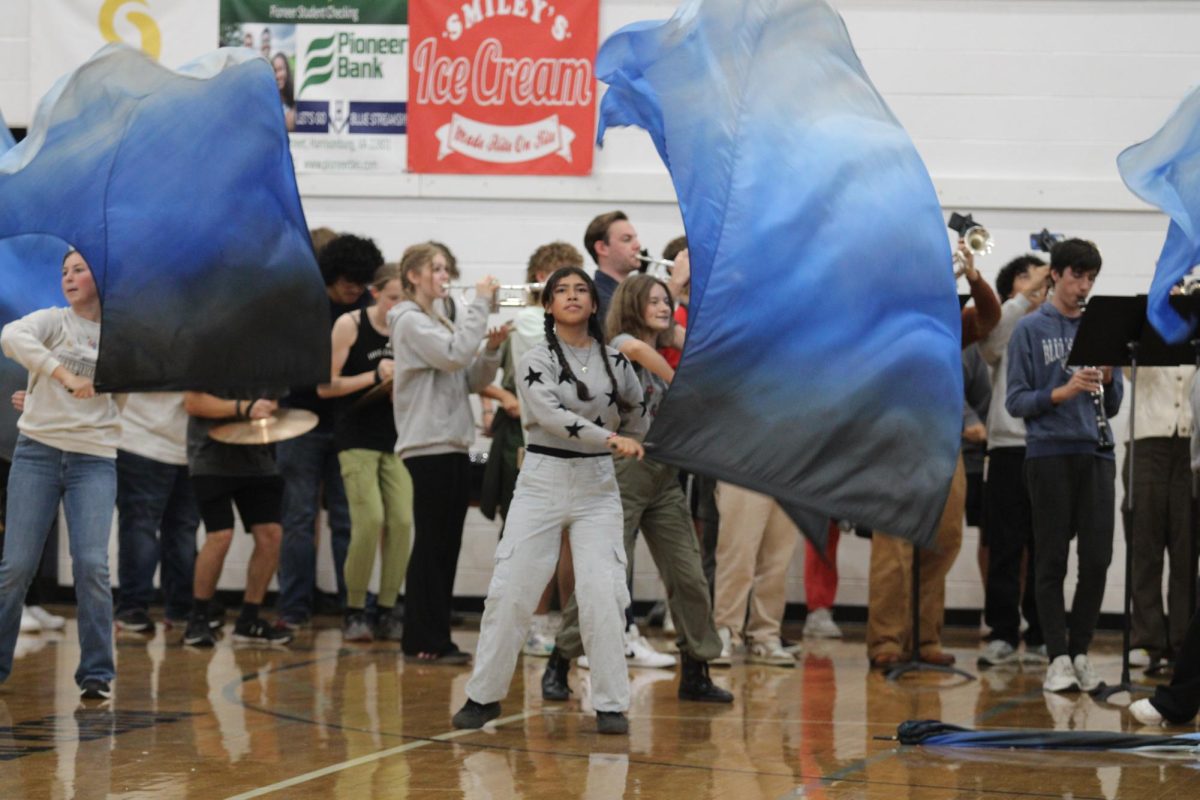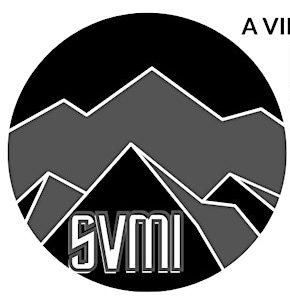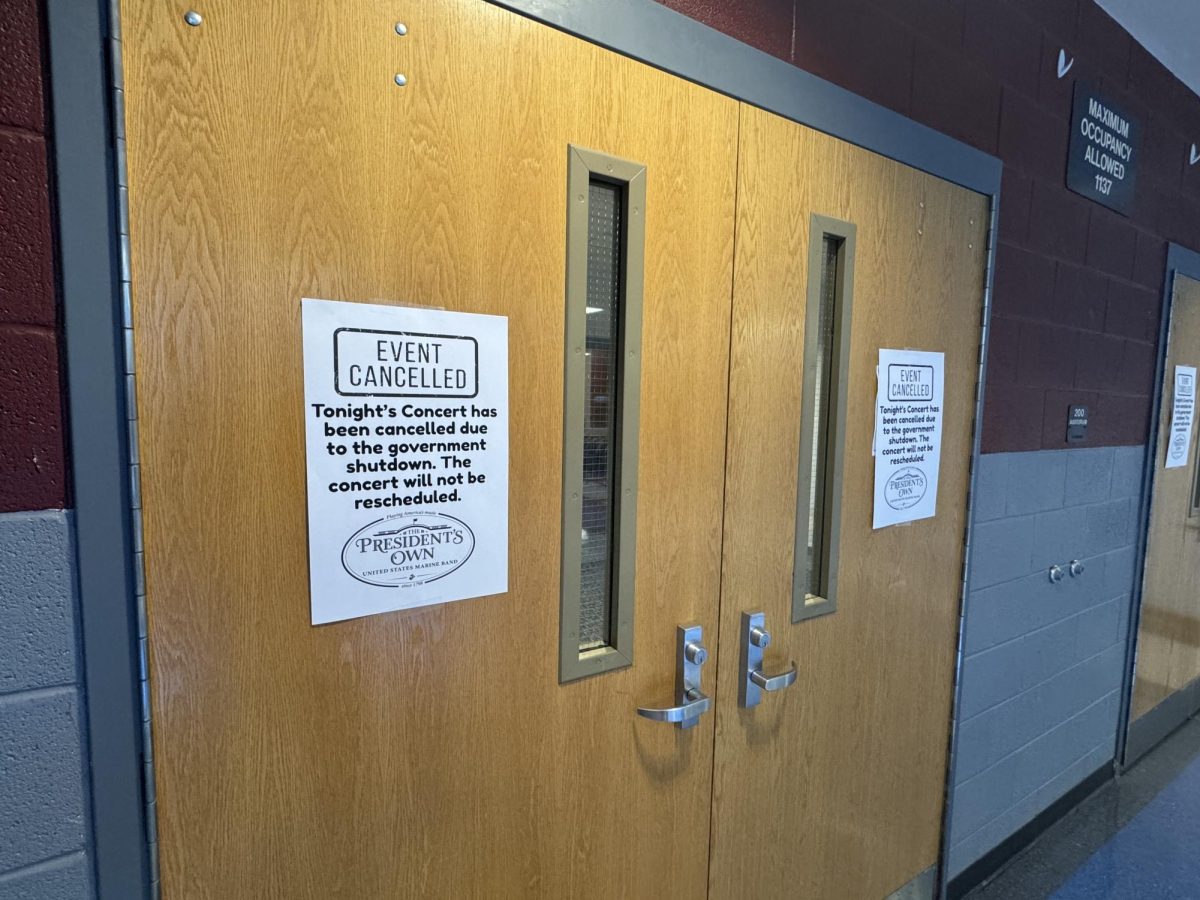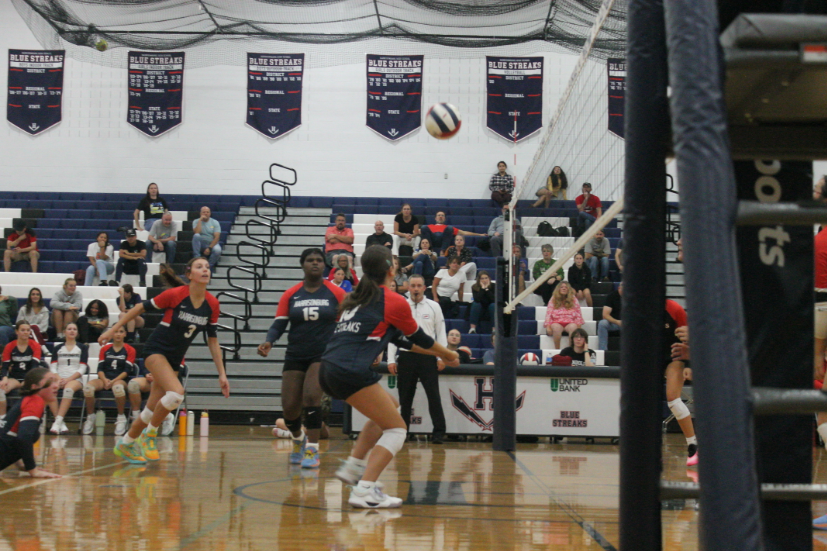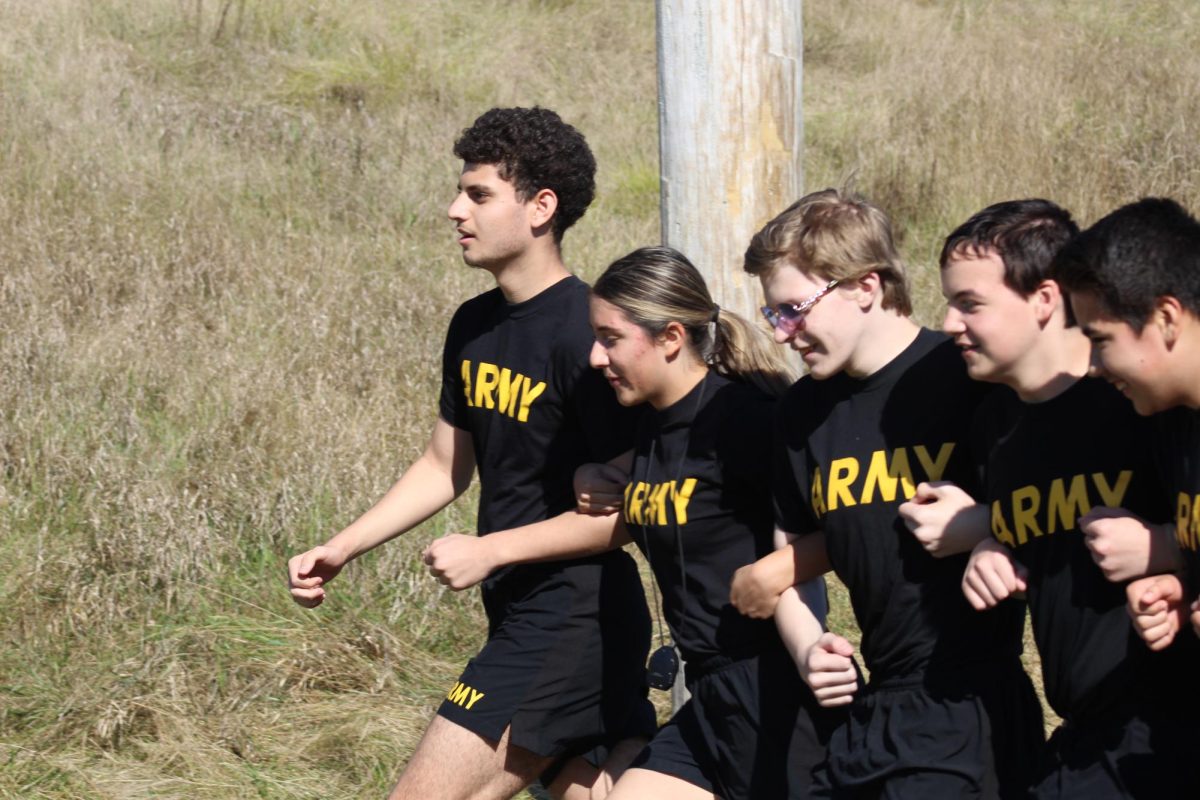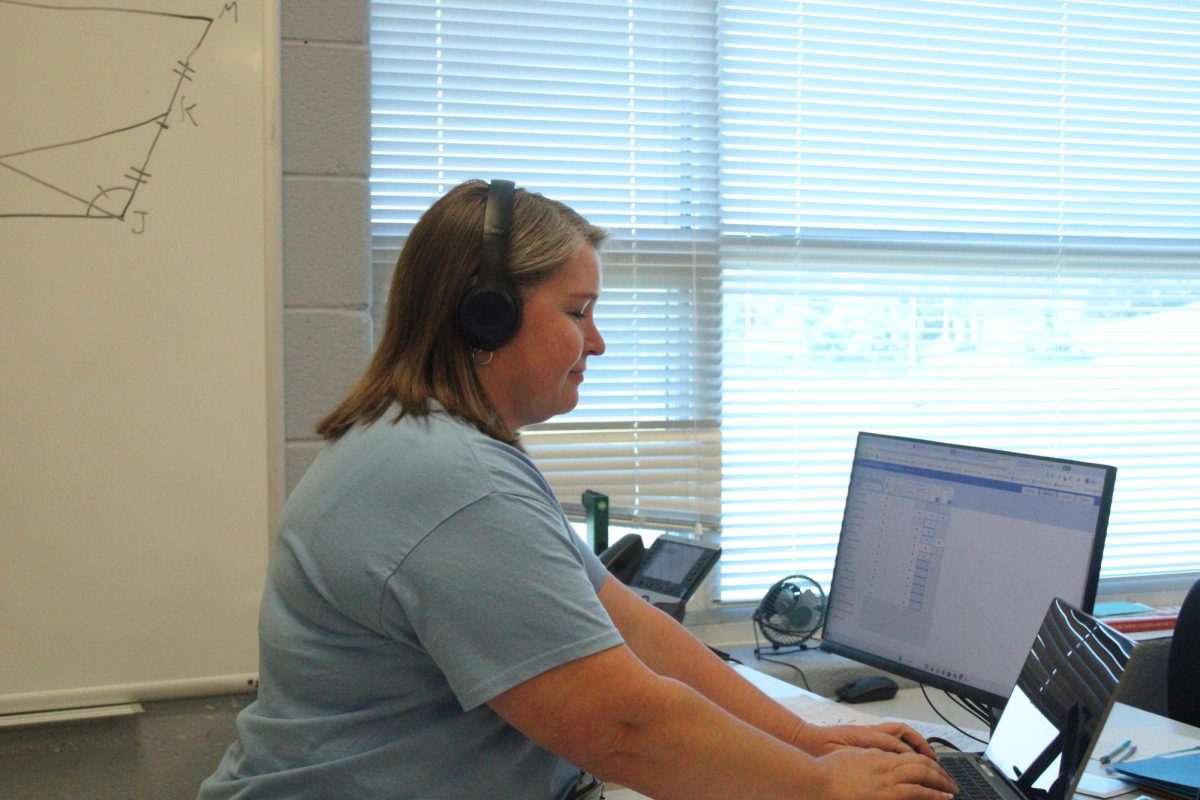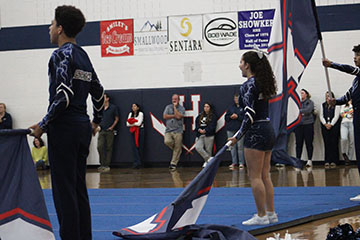HHS takes on restorative justice initative
January 25, 2017
Restorative justice (RJ) in education is a relatively new development within the restorative justice movement, branching off of the much larger implementation of restorative practices in the criminal justice system. Restorative justice in general serves as a way of dealing with conflict or crime so that more emphasis is put on repairing damage and building community rather than being purely punitive, although that is not to say that RJ is soft or has no consequences. Student assistance counselor Dave Ward thinks that to see RJ as a means of getting out of punishment is a mistake.
“[Restorative justice] doesn’t take away the justice piece of it, it doesn’t take away the fact that there are consequences for people’s actions, but it does give people the opportunity to have conversations to repair the harm that’s been done,” Ward said. “It’s a little bit more nuanced than saying, ‘Here’s what you’ve done, here’s your punishment.’”
Counselor Christina Norment thinks that RJ is simply an alternative to the traditional mode of punishment such as some sort of suspension, either in or out of school, which can often seem easier than deliberately trying to repair harm.
“Imagine a friend or someone you respect… that you’ve done something to harm, like you’ve broken their trust or you lied to them and they found out or something to that effect, and you’re given the choice between sending them ten dollars in the mail or sitting down at a table, looking them in the eye, listening to the effect you’ve had on this person that you care about and dealing with that. Which one is harder?” Norment said.
RJ in education follows three main principles laid out in Katherine Evans’ and Dorothy Vaandering’s book “The Little Book of Restorative Justice in Education: Fostering Responsibility, Healing, and Hope in Schools”: restoring and nurturing healthy relationships (which takes the form of leadership at HHS), repairing harm and transforming conflict (mediation, restorative conference) and creating just and equitable learning environments (making sure curriculums are culturally sensitive).
Another aspect of RJ in education that deals less with resolving conflict and more with building what counselors see as a positive community is something called social and emotional learning (SEL). The idea behind SEL is that if you teach students how to understand emotions and have positive social skills, they will learn better.
“For example, if you and I are continuously in conflict and we’re in an English class together, we are probably not thinking about the English class, we’re probably thinking about the conflict that you and I continuously have. But if we work out whatever conflict that is going on between us and we come up with some sort of plan that meets our needs, then we can turn our minds back to English. I think that all the things we do are just a small investment into trying to make those sorts of things happen,” Ward said.
There is also an emerging field of study about SEL. According to one analysis of 213 separate studies, students in SEL programs showed an 11 percent gain in academic achievement. A survey of teachers showed that 93 percent thought SEL was important.
Although it may seem that social and emotional skills are the kind of thing that children would naturally pick up or learn from their parents, Ward believes otherwise.
“Students spend five and a half to six hours of every school day from August to June in this building, and if you don’t have those social awareness skills, if you don’t bring those to the table already, that puts you at a disadvantage… It doesn’t mean that we just say, ‘You guys over here, you should’ve learned it at home.’ We’re not going to be those people,” Ward said.
There are two main approaches to teaching these skills. One is to let students figure it out through experience with some teacher guidance, such as group projects. The other approach is more deliberate and usually takes the form of a lesson on a topic relating to SEL. An example of this is leadership. Other ways that Ward thinks SEL can be incorporated into school are through much easier and smaller changes in the way teachers teach and act.
“[It can be incorporated by ] just the way that we are with students, the way that we talk to students, the way that we work through problems with students, or the way we deal with issues with students,” Ward said.
In fact, many things that are done already would qualify as SEL.
“Everything you do as a community involves social and emotional learning if you’re focusing on it the right way,” Norment said.
—
Restorative justice came to HHS 2 years ago when counselors and others from JMU, the city police and the city schools attended a training at EMU to get some exposure to the philosophy of RJ. EMU was the first university in the country to offer a degree in restorative justice in education and many of the leaders of the restorative justice movement live and work in the city, making it perfect for RJ implementation.
“I think a lot of us saw an opportunity there. Then the leadership of the city schools really saw a good opportunity, so they’ve been providing opportunities for those of us who are interested to learn more about it and get more involved. I think then it just kind of snowballed from there,” Ward said.
Ward, Norment and assistant principal Mike Eye all enrolled in the RJ in education program at EMU shortly after. But as of now, despite interest from many teachers and a long waiting list to get into the EMU program, only these three are officially trained in RJ. Ward believes that now they are only planting the seed of RJ, not looking to create a top-down approach just yet, the exception being leadership. Ward has seen the effects of even this limited work firsthand though.
“I was just doing a meditation where one of the students said, ‘If we didn’t have this conversation right now, we don’t know if something would have happened in the future.’ They were really glad that if nothing else they were able to have that safe space to talk about what’s going on,” Ward said.
Ward thinks that he does on average about one mediation a week, a process where two parties are in conflict and are at equal fault, and thinks he has done three or four restorative conferences since his training, a much more involved process where only one of the parties or people is at fault. Norment does restorative circle processes in classes with disciplinary issues that she is invited into. Eye uses RJ on the disciplinary side of things.
However, they are still only three people and demand is rising for restorative justice.
“I think one of the things that’s going to be really important is getting students involved. You guys are just as much an important part of this community, if not a more important part of this community, than we are. This is your high school, this is not our high school. I think it’s important that students have a voice,” Ward said.
Ward recently appointed senior Kyel Towler to the city-wide RJ coalition as a student representative and he hopes to increase student involvement. Getting more people in the building trained in RJ is another big goal for Ward. Norment would also like to see the involvement of parents and the larger community.
“We’re trying to do a lot of what we do in a bubble, and I feel like our whole community is really responsible for our youth and could really have a lot to bring to the table. I’d like to see our scope widen,” Norment said.
But even as it seems that there is much support for RJ, Ward warns against moving too quickly.
“I’m really passionate about making it something people want to be involved in. I don’t want to force this down people’s throats. It seems like it will go so much better if people want to be involved in it… It’s going to be sort of a slow process and we’re going to try to do it really meticulously,” Ward said.
So far, leadership has been the only top-down, district-wide implementation of SEL curriculum, and students not reacting well has been a major downside as Ward, who runs leadership at the high school, will admit. A Newsstreak staff editorial was written on the subject, and Ward says that he and the student ambassador team have tried to take this criticism into account as they go forward with leadership.
“I know that a lot of those sorts of feelings will get directed in my direction because I’m the person who runs leadership, so I understand. What I want to do, because it’s not going anywhere, is we make it something that is helpful for students, that does matter to students,” Ward said.
Ward points out that often times what comes out of leadership are things that students may not always see, such as an increase in reports of bullying whenever bullying is talked about in leadership.
“I want students to understand that I hear them, that I know that people have a hard time with it in some circles,” Ward said.
RJ is just starting to make itself a feature of HHS and as Eye points out, there is a steep learning curve, even for the three people already trained.
“I believe in chaos theory. It’ll be messy, but then it gets better,” Eye said.
For more information regarding the topic of restorative justice, check out the diagram RJ Continuum courtesy of Dave Ward to better understand the process.






